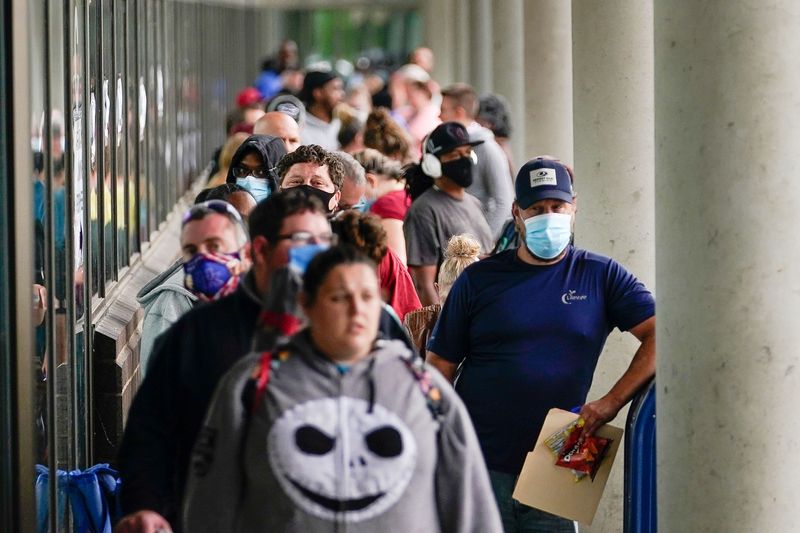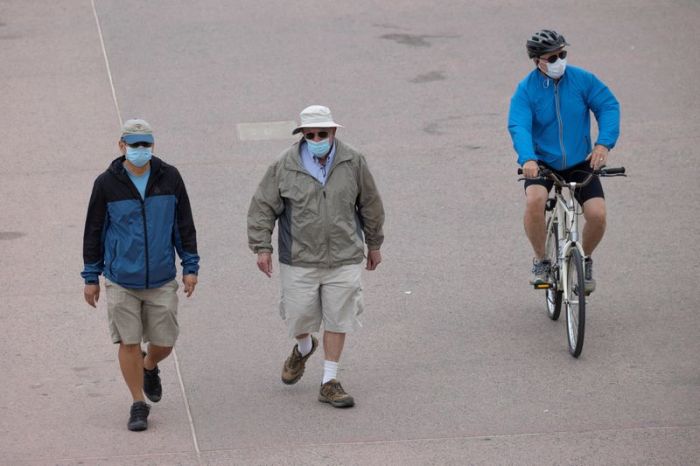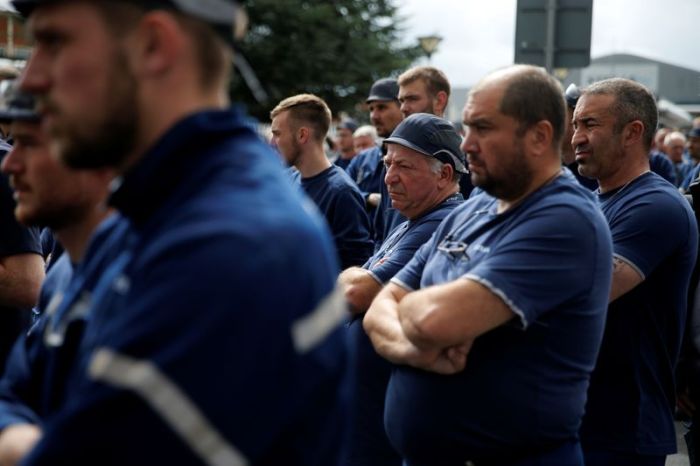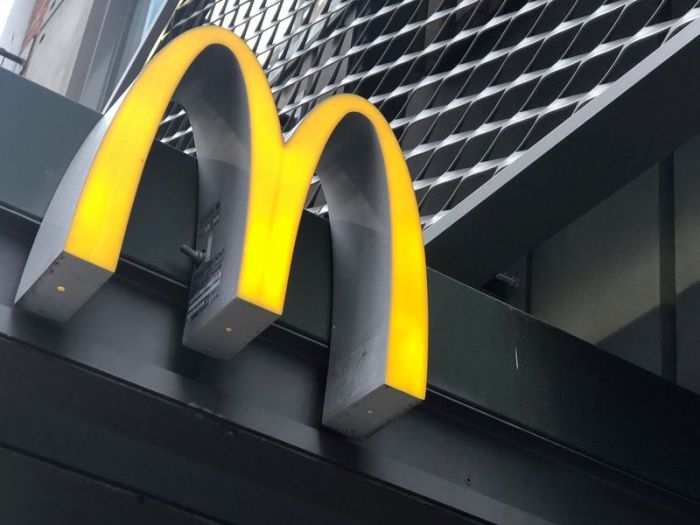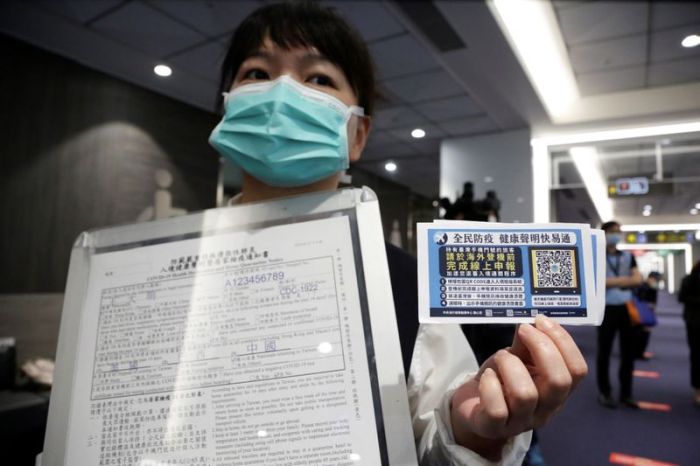(Reuters) – The U.S. economic recovery, after two months of faster-than-expected job gains, may be stumbling as a surge of new coronavirus infections prompts states to delay and in some cases reverse plans to let stores reopen and activities resume.
High-frequency data assembled by Federal Reserve officials, economists, cellphone tracking companies, and employee time management firms suggests activity slowed in recent days, clouding a strong U.S. employment report that may prove to have been driven by an exuberant start to the month as states reopened.
Some of those reopening plans have now been put on hold and new restrictions placed on the bars, restaurants and other hospitality industry companies that helped the U.S. economy add 4.8 million jobs in June. It was the second straight month of record employment growth reported by the Labor Department, and investors read it as a sign the U.S. economic crisis may be easing. Major stock indexes were all higher.
But data heading into the end of the month pointed in a different direction, with July now a test of whether record growth in coronavirus cases can be managed without overwhelming local healthcare facilities or forcing a second widespread shutdown of the economy.
It may not even take renewed restrictions to blunt or halt the rebound. On July 31 expanded unemployment benefits expire without congressional action, depriving families of an economic prop that actually increased the disposable income for many who lost jobs.
CONSUMERS TURN CAUTIOUS
And consumers may be pulling back on their own.
A Federal Reserve Bank of New York weekly economic index dipped slightly last week, attributed by officials to a drop in consumer confidence.
Estimates of foot traffic to retail stores, compiled by Reuters from cellphone data supplied by Safegraph, fell for the first time since early April, at the bottom of the economic crisis triggered by the novel coronavirus pandemic.
Similar data from Unacast also dipped, with what had been a tentative return to restaurants, gyms and beauty salons stalled amid rising coronavirus infections. Traffic to fitness facilities, for example, had returned to 2019 levels in about half of states by June 20. Last Saturday, just a week later, that was the case in only five.
Spending among 30 million Chase credit card holders, which had crept to within 10% of 2019 levels by June 21, fell abruptly and ended the week nearly 13% below last year, in what JPMorgan analyst Jesse Edgerton called a “surprisingly widespread” drop across states and demographic groups.
Hours worked at more than 44,000 small businesses, whose employee hours are managed by Homebase, fell in 25 states in the week ending June 28. That included a more than 7% decline in Arizona and a more than 5% drop in Texas, where new outbreaks forced governors to renege on aggressive efforts to reopen the economy.
“More than ever, we’re concerned about the worsening health situation and its impact on the burgeoning recovery. Rebounding mobility and poor use of protective equipment will make for a dangerous summer cocktail,” Oxford Economics analyst Gregory Daco wrote.
The firm’s recovery index actually rose slightly for the week ended June 19 as Americans spent more and drove more, and continued returning to restaurants and hotels. That rise in mobility helped spur the June job gains and pushed the unemployment rate down to 11.1% from 13.3% in May.
But, alongside mixed adherence to social distancing, mask use and other personal behaviors that can slow the spread of the coronavirus, it also caused the Oxford indexes’ health measures to erode.
COVID-19 caseloads have reached new records nationally and particularly in a cluster of southern and southwestern states which were hesitant at first to set strict rules for managing the health crisis.
Goldman Sachs analysts estimated that states accounting for over half the U.S. population had now paused or partially reversed their reopening plans, with limits reimposed most often on bars, restaurants and the size of gatherings.
“The spread of the virus is worsening in almost every state,” company analysts wrote, noting that only the small New England states of Vermont and New Hampshire currently meet all four of the recommended criteria for restarting commerce.
For more details on the data referred to in this story:
Unacast https://www.unacast.com/covid19/covid-19-retail-impact-scoreboard, Homebase https://joinhomebase.com/data/covid-19, Safegraph https://www.safegraph.com/dashboard, Kronos https://www.kronos.com/about-us/newsroom/update-us-workforce-activity, NYFed https://www.newyorkfed.org/research/policy/weekly-economic-index, Goldman https://www.goldmansachs.com/insights/topics/covid-19.html, Oxford https://www.oxfordeconomics.com, DOL https://oui.doleta.gov/unemploy/DataDashboard.asp
(Reporting by Howard Schneider; Editing by Dan Burns, Paul Simao and Andrea Ricci)

